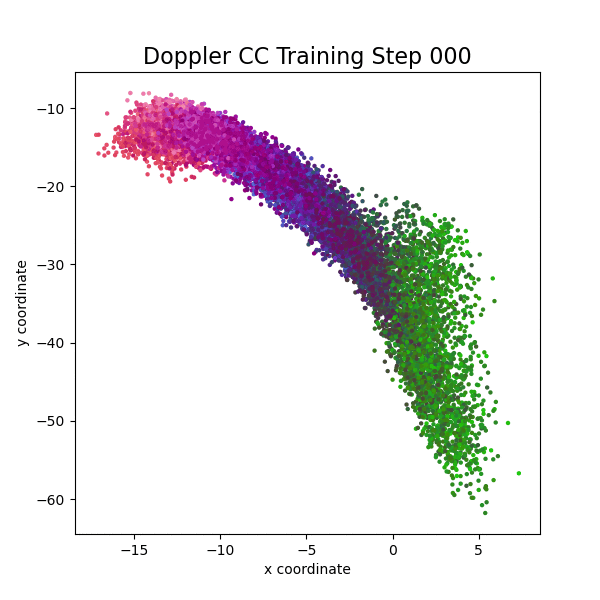Channel Charting: Locating Users within the Radio Environment using Channel State Information
We propose channel charting (CC), a novel framework in which a multi-antenna network element learns a chart of the radio geometry in its surrounding area. The channel chart captures the local spatial geometry of the area so that points that are close in space will also be close in the channel chart and vice versa. CC works in a fully unsupervised manner, i.e., learning is only based on channel state information (CSI) that is passively collected at a single point in space, but from multiple transmit locations in the area over time. The method then extracts channel features that characterize large-scale fading properties of the wireless channel. Finally, the channel charts are generated with tools from dimensionality reduction, manifold learning, and deep neural networks. The network element performing CC may be, for example, a multi-antenna base-station in a cellular system and the charted area in the served cell. Logical relationships related to the position and movement of a transmitter, e.g., a user equipment (UE), in the cell can then be directly deduced from comparing measured radio channel characteristics to the channel chart. The unsupervised nature of CC enables a range of new applications in UE localization, network planning, user scheduling, multipoint connectivity, hand-over, cell search, user grouping, and other cognitive tasks that rely on CSI and UE movement relative to the base-station, without the need of information from global navigation satellite systems.
PDF Abstract

